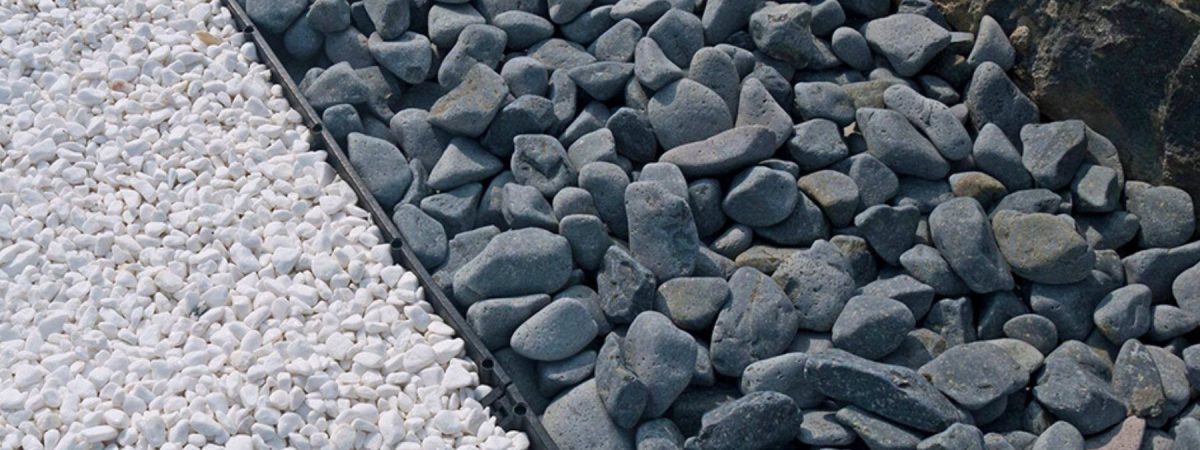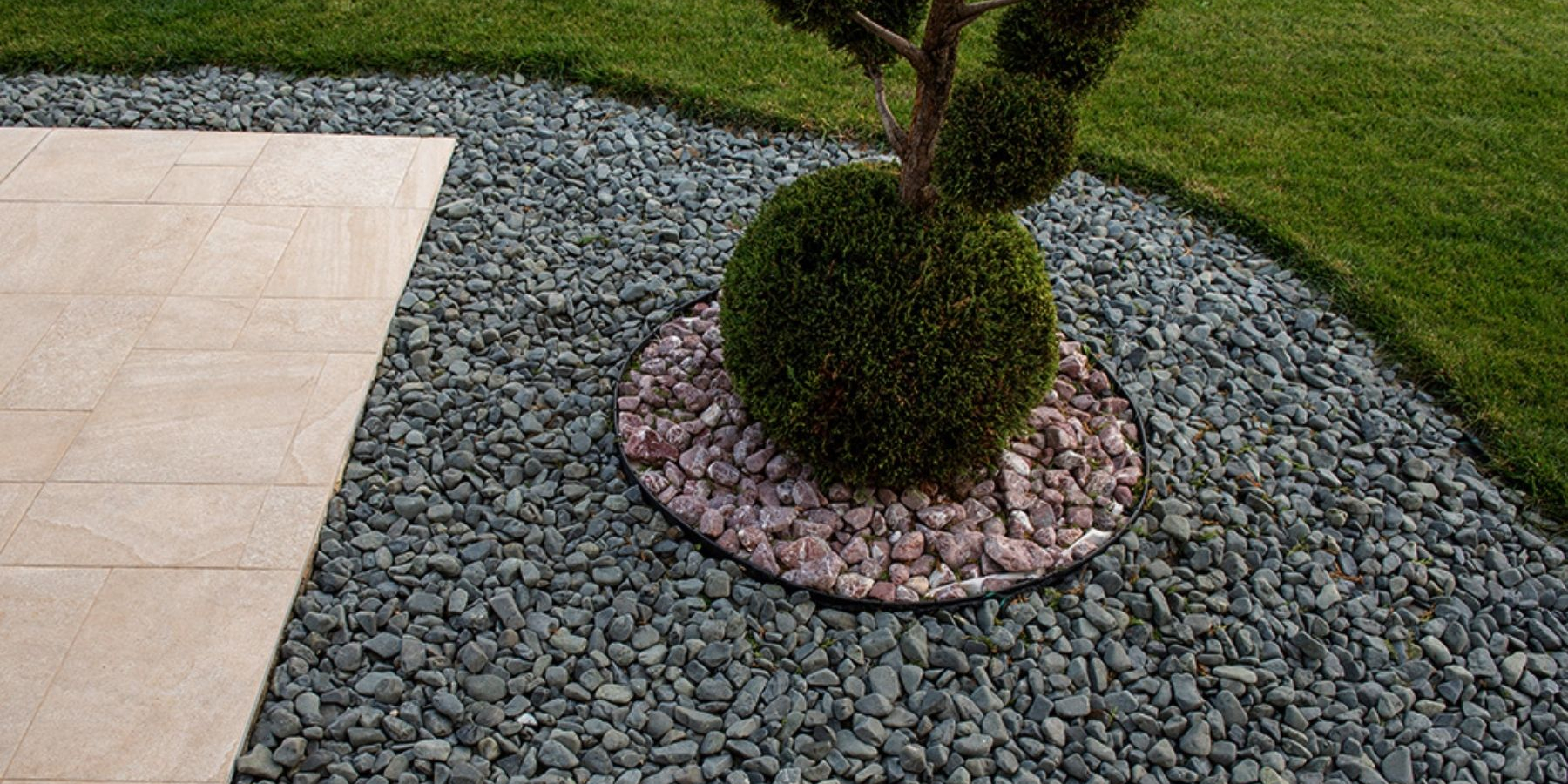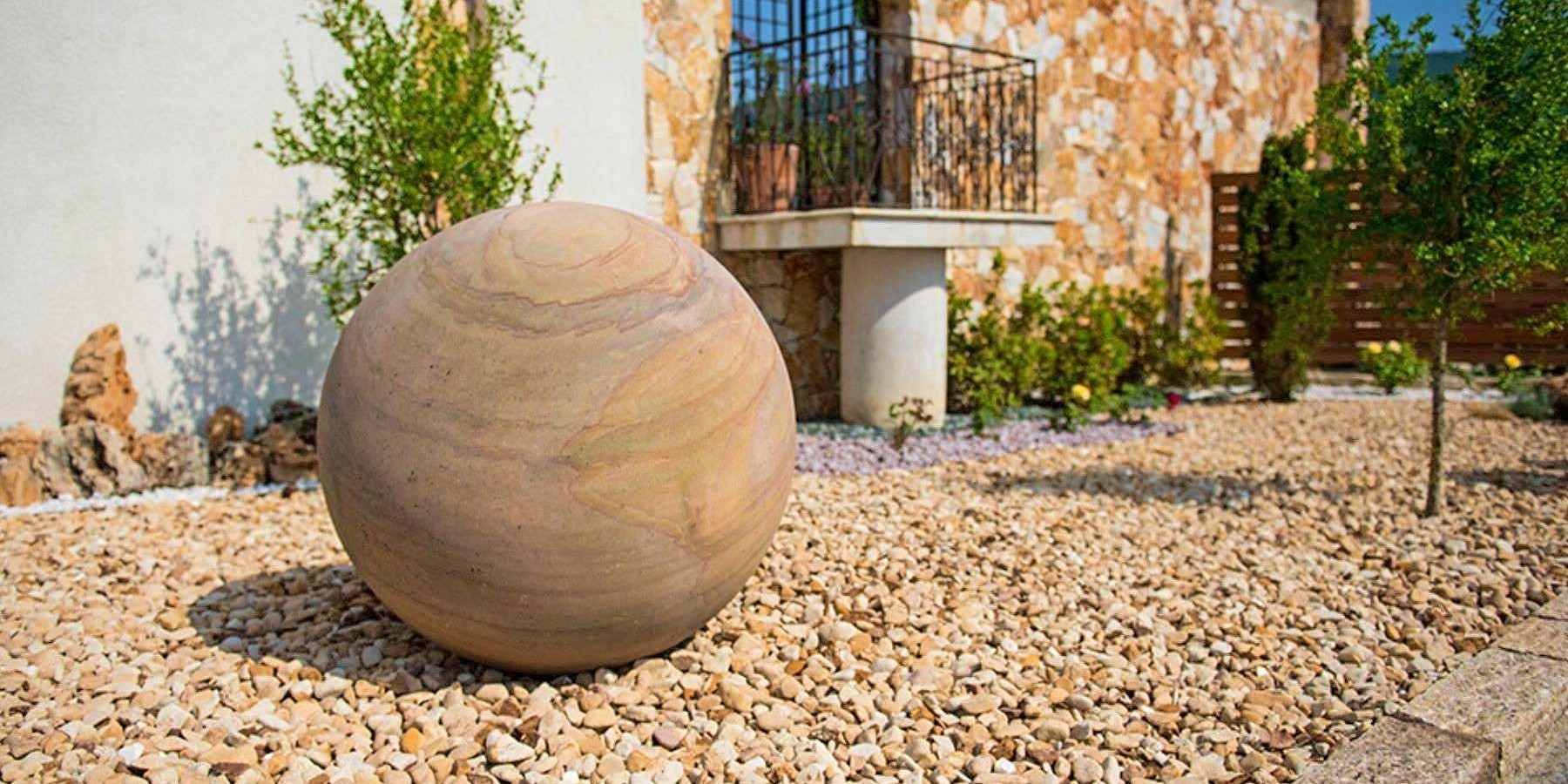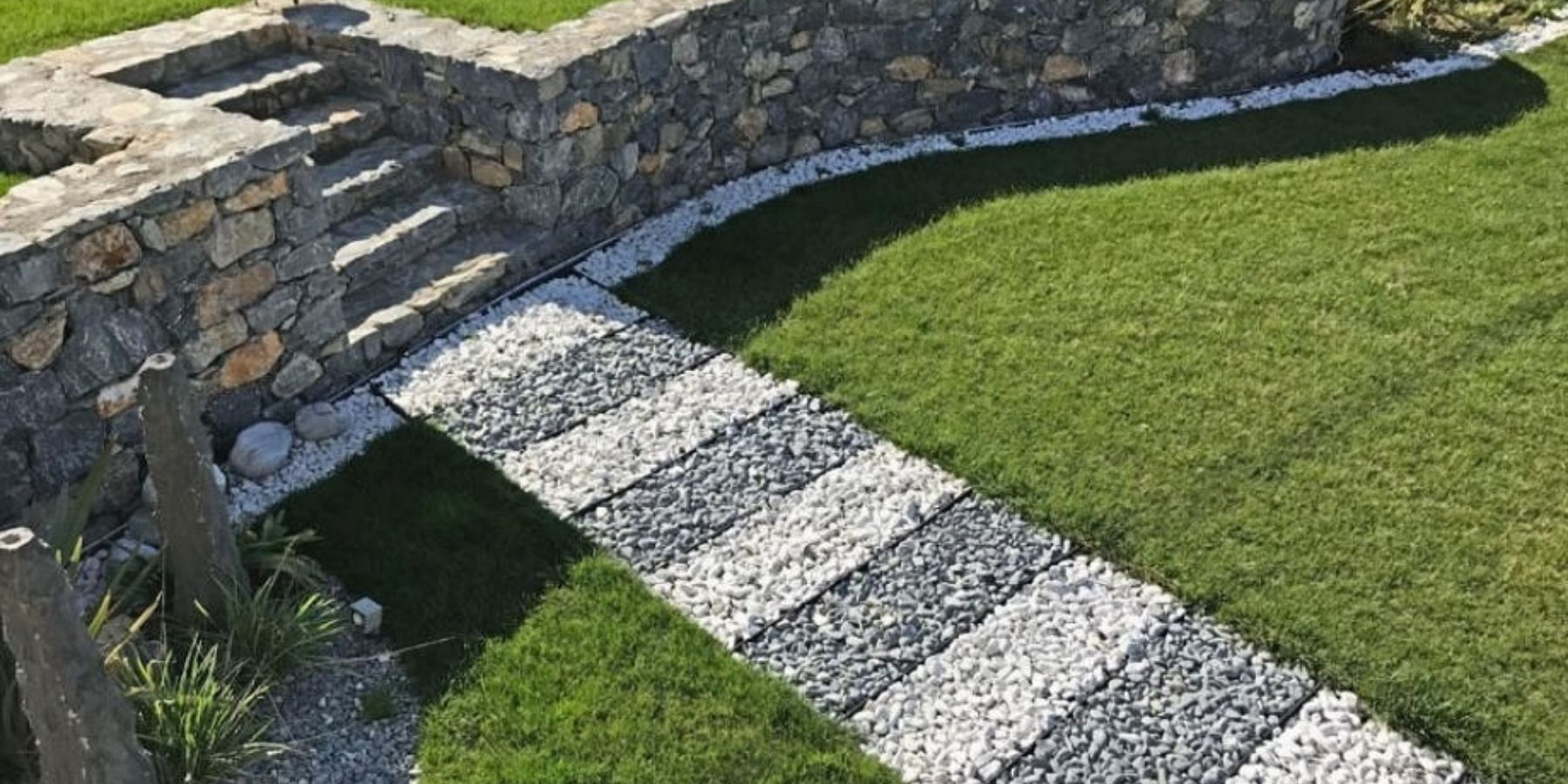Incorporating elements from nature into your garden gives a natural look and creates a unique ambience that showcases your property.
Pebbles are a popular feature of a garden. It helps break up expanses of turf and adds texture and colour to the area. They add beauty to walkways, flower beds, walls and water features. Aside from their aesthetic appeal, they can be used to prevent soil erosion, reduce dust and deflect sunlight. Stones are porous and absorb water, helping to conduct moisture into the substrate.
Decorative pebbles are small stones that have gone through thousands of years of weathering. Large rocks tumble down mountainsides, are deposited in streams, form along beaches or are moved by glaciers. Eventually, these break into smaller rocks as part of the natural process.
Meanwhile, decorative pebbles are machine-tumbled to create a rounded, smooth surface. They are used in landscaping and are often selected for their colour and beauty.
Pebbles come in different types of rocks such as granite, marble, quartz, obsidian, shale, sandstone and limestone. Their places of origin are from all over the world, including Greece, Malaysia, the Himalayas, the Americas and Australia.
Outdoor & General offers a wide selection of decorative pebbles, including river pebbles, quartz, sandstone and marble, available in an array of colours and sizes. Our pebbles range between 10 mm and 100 mm depending on the type you choose. Here are a few ways that decorative pebbles can enhance the look of your garden.
3 Main uses of pebbles
1. Walkways and Borders
Pebbles make an attractive filler between stepping stones, by contrast in size and shape to the larger stones. For a uniform look, use the same colour for both stepping stones and pebbles. Alternatively, choosing pebbles of a different colour adds a unique contrast to your walkway.
They can also be used as a filler to keep weeds from growing between stepping stones, retard soil erosion and help moisture drain into the earth.
Stone pebbles can be used as borders around swimming pools, driveways, patios, sidewalks or other features in your garden. We recommend using larger pebbles for these areas, particularly places without foot traffic.
2. Landscaping and Garden Coverage
Pebbles can be used throughout the garden to add interest and texture. They can be added instead of mulch in flower beds and work particularly well with plants that prefer rocky soil. Decorative pebbles keep slopes stable because the weight of the rocks holds soil in place and slows runoff.
Using pebbles intermixed with larger stones adds variety to walls, raised beds and berms. They can also be placed in wet areas to prevent soil loss and keep the ground from becoming soggy. This landscaping material can break up large expanses of turf or concrete and gives a distinctive outdoor paving look to a garden.
The pale shades of river stone pebbles give a natural look to flower beds. Intersperse pebbles with cobblestones and boulders to create a cool retreat under a tree. Sandstone pebbles are more absorbent than most other types of rock. Use them in runoff areas or near downspouts to keep soil in place and
help moisture percolate into the ground.
3. Ponds and Fountains
Pebbles are a beautiful addition to water gardens. When submerged, they shimmer from the diffraction of light through water. Mixing sizes gives a more natural look to the pond.
In addition to being attractive, they help keep the water clean and hold down pond liners. They make water features look natural and provide a habitat for fish and other water dwellers.
Pure white quartz and white thasos marble are the most popular snow-white pebbles. Our wide selection of colours and shapes lets you create unique designs and set a mood.
Black and gold polished pebbles glisten in the sunlight. Create an oriental water garden with subdued colours, such as black polished pebbles interspersed with a mix of pure white quartz, bluestone and mandras sandstone pebbles.
How to lay down pebbles
Although many projects are easy for homeowners to do, working with a professional has advantages. They have experience in designing gardens with functionality in mind. With an expert’s help, you can better integrate decorative pebbles for paths, flower beds, water features, turf, shrubs and trees.
Once you have a plan in place, you can work on different areas over time and enjoy transforming your space into an attractive, relaxing landscape. For garden paths or walkways, the area should be prepared to support the stones and prevent weeds from erupting. Here’s how to prepare the area for laying down pebbles:
- If you have loose soil, create a compacted base.
- Tamp down the road base to form an even, stable ground.
- Lay the landscaping fabric or weed mats over the prepared base to keep weeds out. If you use plastic, poke holes in it so that water percolates into the substrate.
- Spread a layer of stones approximately 50mm deep evenly over the liner. The pebbles should lie approximately 10mm below the top of the edging. Edging keeps the stones in place and maintains a neat, defined border for paths. Attractive edging materials include metal, brick, large stones, flagstone or retaining wall blocks.
- For the small, rounded stones escaping the path, set them in grout or concrete to keep them in place. They will still look natural, retaining their colour and texture. By fixing them in place, the path will be easier to walk on.
- Lay down the large slabs and boulders intermixed with pebbles to reinforce slopes and retain soil. Make sure to use different sizes of rocks in sloped areas to stabilize the flower beds and soil itself.
- Intersperse plants and smaller rocks to get a more natural look. Place the small stones around plants to help cool the soil and distribute moisture evenly.
Calculating the amount of pebbles you need
It is important to accurately calculate the amount of pebbles you need for your project.
- For walkways – add the width, length and depth of the walk.
- For other areas – estimate 70 to 80 kg per square metre. Slopes and irregular areas affect calculations.
Keep in mind when calculating that the sizes and shapes of the stones may also affect quantities.
If you’re not confident with your estimate, it’s best to consult with a landscaping professional to get more accurate quantities. Afterwards, you can order materials yourself using the professional’s estimates.
We can also help you calculate amounts if you provide accurate measurements of the areas you want to cover. We recommend adding a 10% overage to compensate for wastage during installation. This also gives you extra quantities if estimates are short or if you need to replace discontinued items.
Outdoor & General sell directly to the public and can supply and deliver large quantities if requested. You can order online or come to our showroom to select products in person. We offer wholesale prices to the public as well as professional landscapers and architects.
To find out more about landscaping with pebbles or general paving solutions in Sydney, contact us by email or phone. Best of all, come by our showroom to see our attractive selection.




